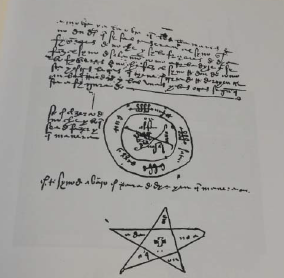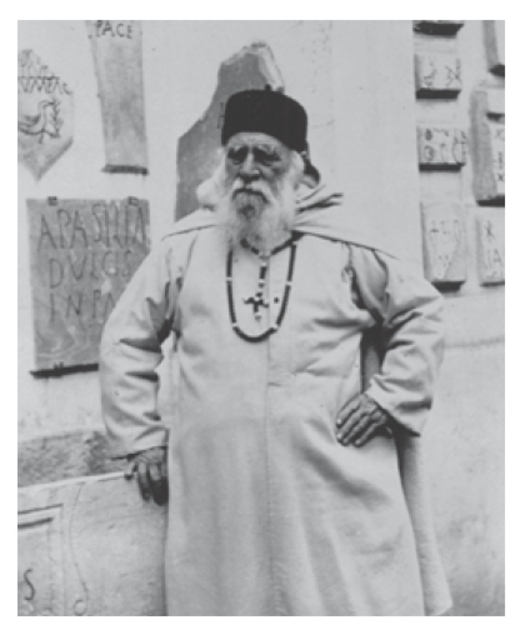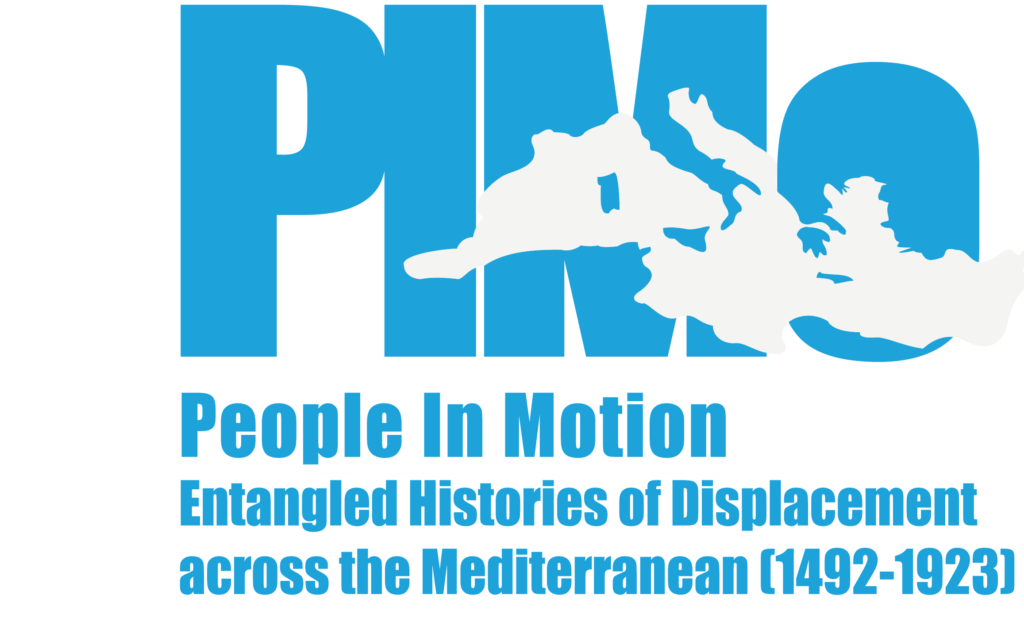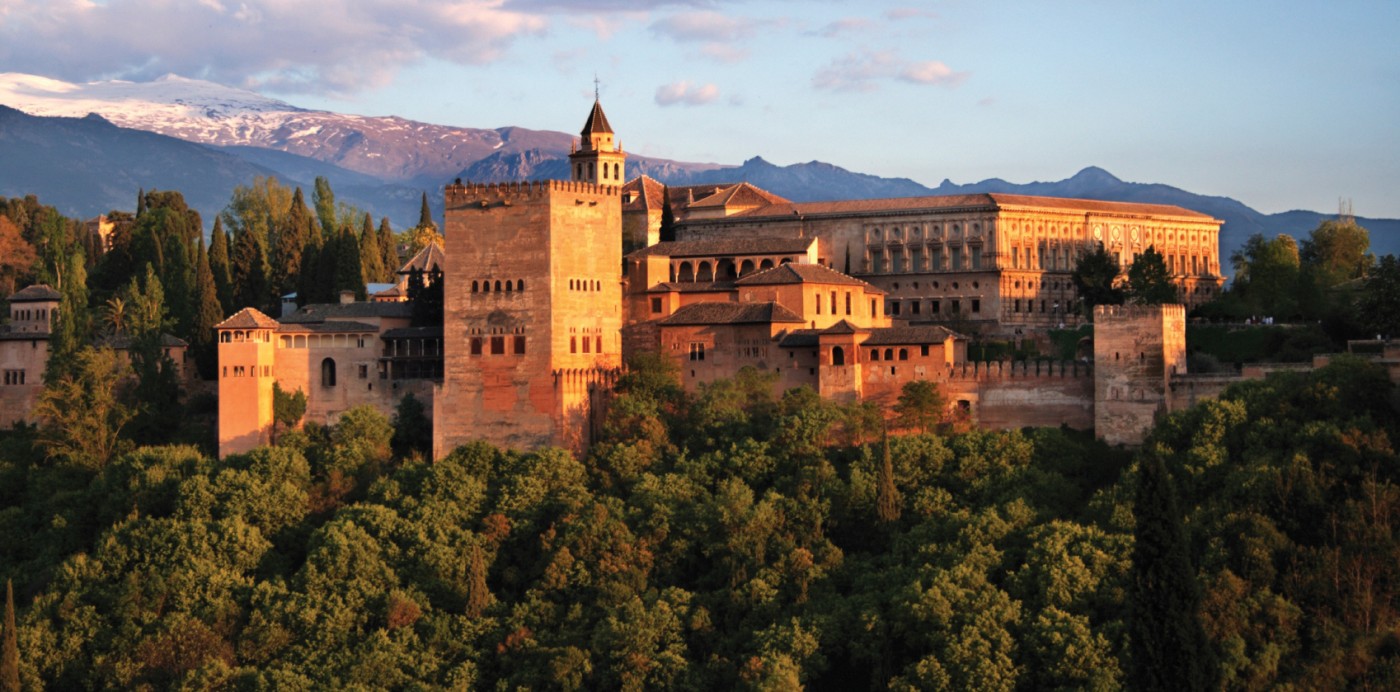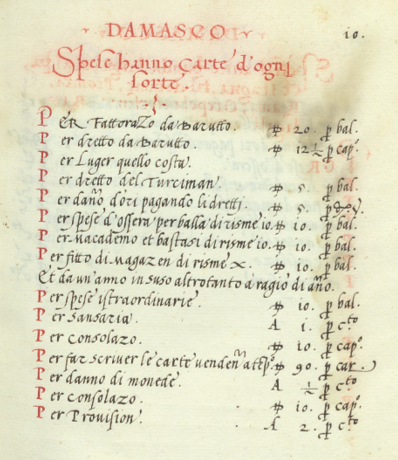Writing History in the Time of COVID-19: Historian Timothy LeCain on the Third Warning, Microscopic Records and Societal Change, A Conversation with Stefan Hanß
Stefan Hanß: COVID-19 changes people’s lives, fears, hopes, and behaviours across the globe right now. In his recent Cambridge University Press monograph The Matter of History: How Things Create the Past, Professor Timothy James LeCain (Montana State University) writes about the “fellow travelers” that “make us human”: “an average human body has about three times more bacterial cells than human ones.” You call this an ever-evolving relationship “that can be both wonderfully creative and horrifically destructive.” How do you experience the coronavirus pandemic these days? Timothy James LeCain: Honestly, I’ve been feeling rather useless these days. While skilled doctors, nurses, and other medical professionals are leading the fight against a pandemic, a historian like myself doesn’t seem to have much to offer. Still, if there’s one thing history is good for, it’s spotting bigger patterns in the chaos—and maybe even extracting some useful silver lining lessons from dark clouds. As an environmental historian, it seems to me that the current COVID-19 crises should be recognized as just the latest and loudest of three major warning alarms that first began going [...]



